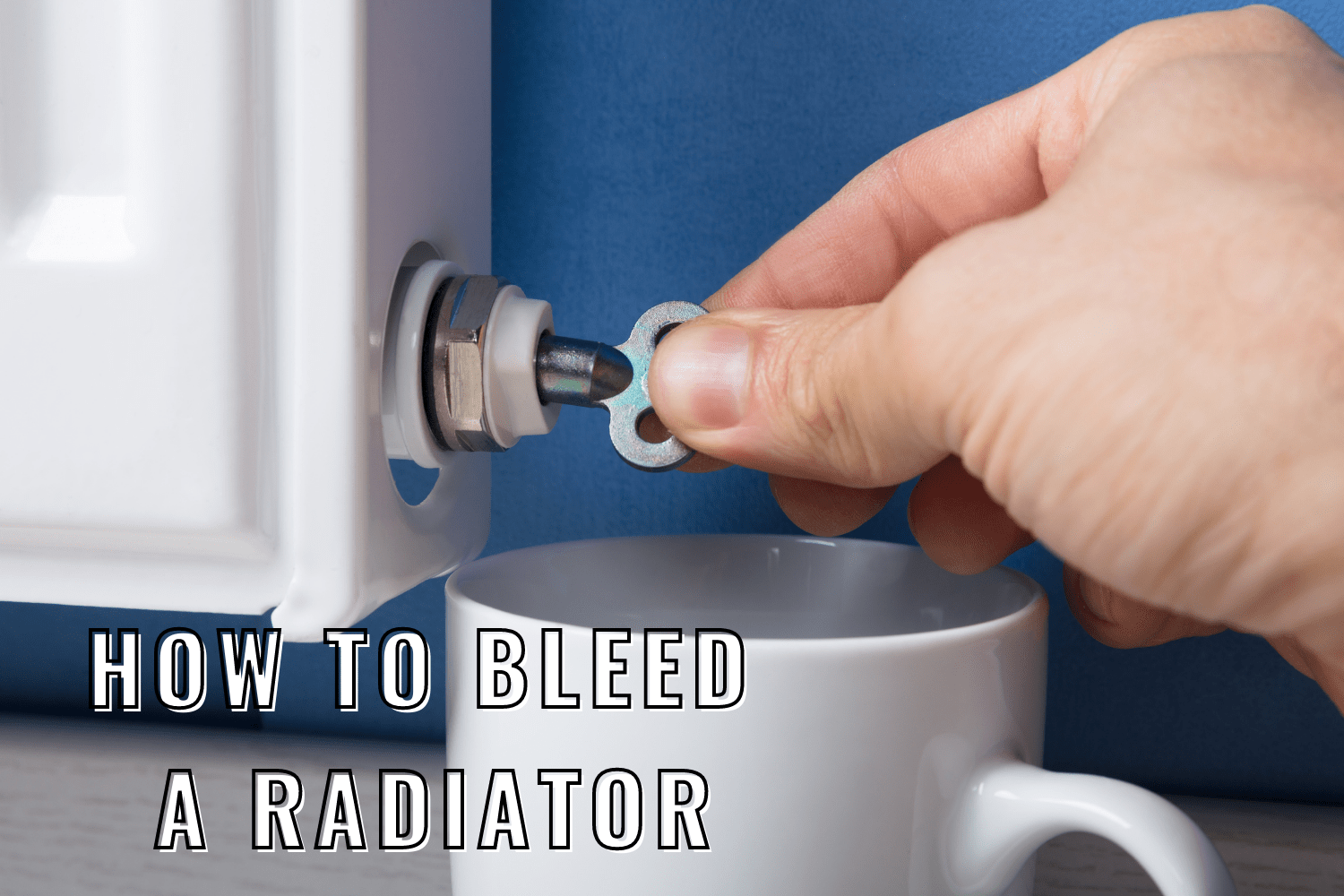How-To Series: How to Bleed a Radiator
Do your radiators constantly have cold patches? And have you heard loud clanking or banging coming from your pipes? If so, your radiators probably need bleeding. This is something you should do at least once a year, but if you’re experiencing problems, you should do it right away. Not sure how to bleed a radiator? This guide will take you through the simple process!
Why Do You Need to Bleed a Radiator?
We bleed radiators to release any trapped air from the heating system. This trapped air stops the hot water circulating properly which reduces the efficiency of your heating system.
If you have trapped air in your system, your radiators won’t heat up properly and you’ll start to hear that irritating banging noise in your pipes.
How to Bleed a Radiator
The good thing is you don’t need to call out a plumber to bleed your radiators. It’s a simple process you can do at home with just a couple of tools:
Radiator key (these can be picked up at any tool store such as B&Q for £1-£3)
A towel
A container
1. Turn off your boiler
If you bleed a radiator while the boiler is on, you risk hot water gushing from your pipes when you open the radiator valve.
2. Start at the bottom
You’ll need to bleed all of the radiators in your home for maximum effect. Start with the lowest one in your home that is the furthest from the boiler. Then go to the next-furthest and so on until you’ve done all of the radiators on the lowest level.
When you move upstairs, start with the furthest from your boiler. If you have multiple levels, keep periodically moving up until you’ve reached the highest radiator.
3. Bleed the Radiator
Insert your radiator key into the valve on the side of the radiator. Hold your towel under the valve to catch any water that comes out. Turn it very slowly anti-clockwise until you hear a hissing sound. This is the air escaping from the radiator.
Hold the key and towel in place until the hissing stops. Once it stops, you should get a small trickle of water coming out. Once you see this water, turn the valve clockwise to close it. Make sure it’s secure so no water comes out.
If you’re worried about a lot of water coming from the radiator, you can put the container on the floor underneath the valve to catch any extra water that you miss with your towel.
Repeat this process for each radiator in your home.
4. Check Your Radiators are Heating Evenly
Once you’ve done all the radiators and the valves are all safely closed, turn your heating on to check the radiators are heating evenly. Make sure you go around and inspect each radiator to ensure there are no leaks from any of the vales.
If they are still not heating evenly, you may need to repeat the bleeding process. There may still be air trapped in the system.
Need a Plumber?
If you’ve bled all of your radiators but you’re still experiencing issues, give us a call! We’re professional plumbers in Caldicot who cover the entire South Wales region as well as Bristol. We’ll come out, take a look at your system, and give you a free quote for any repairs needed.





